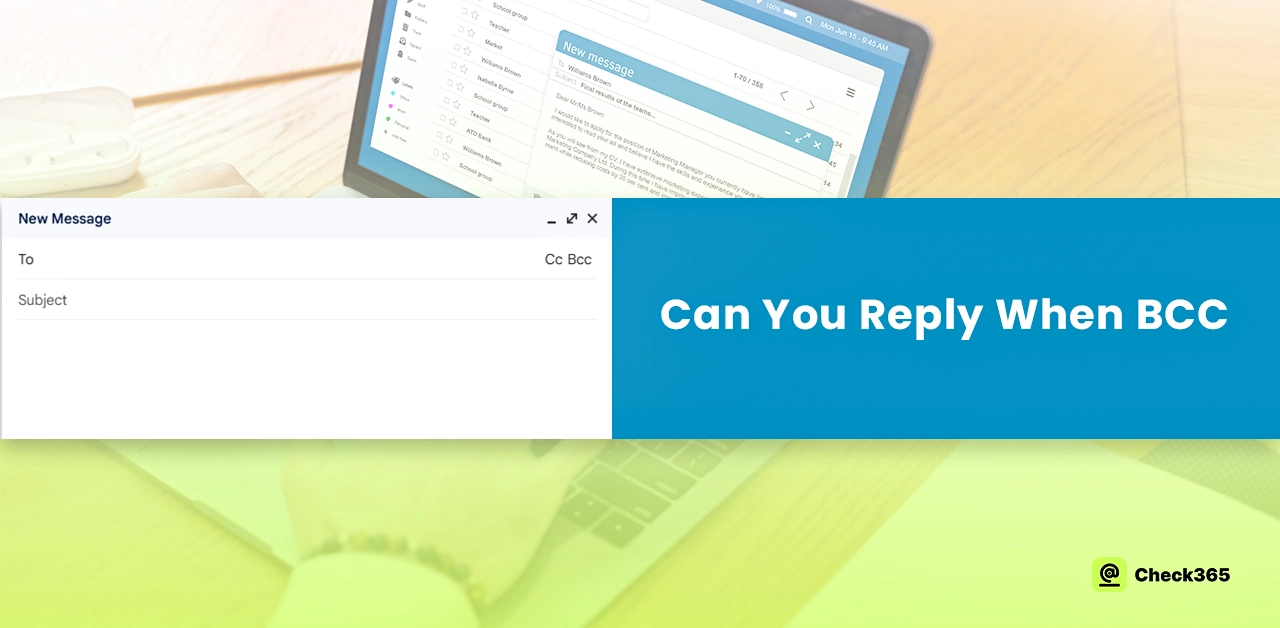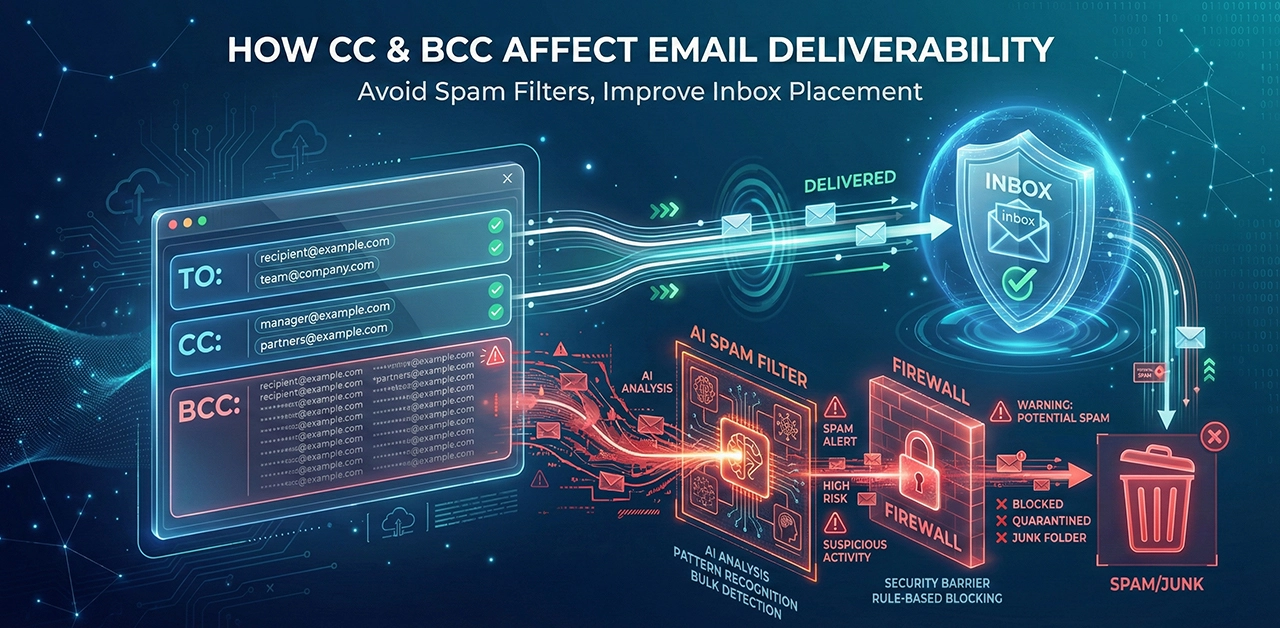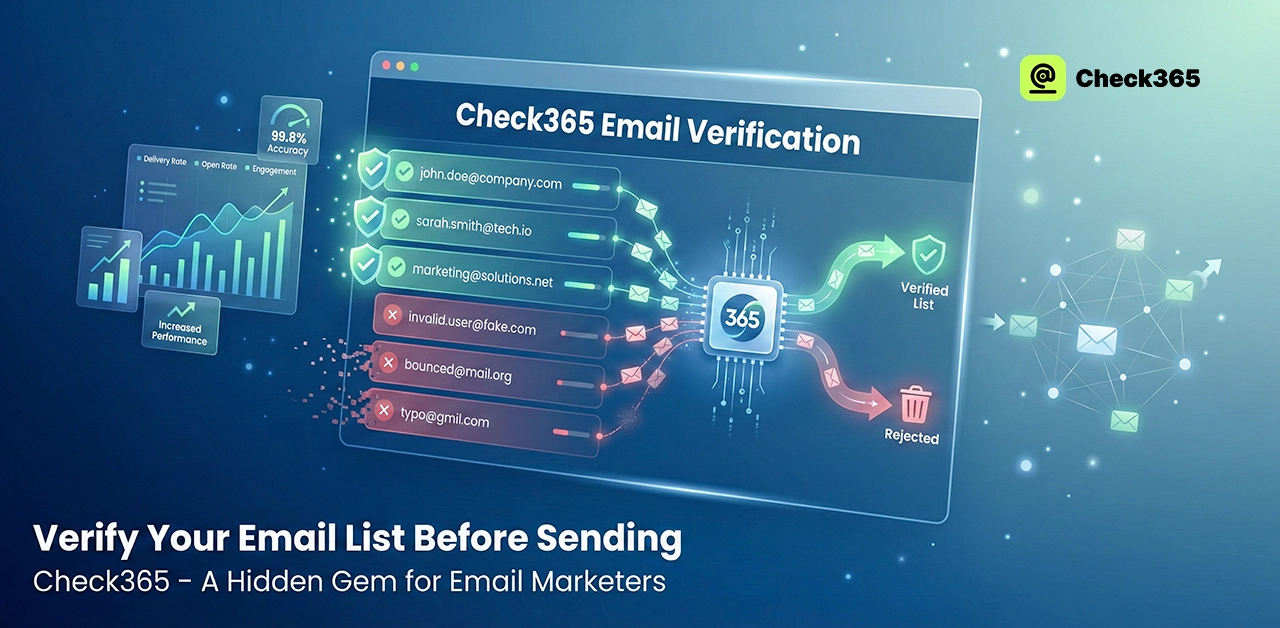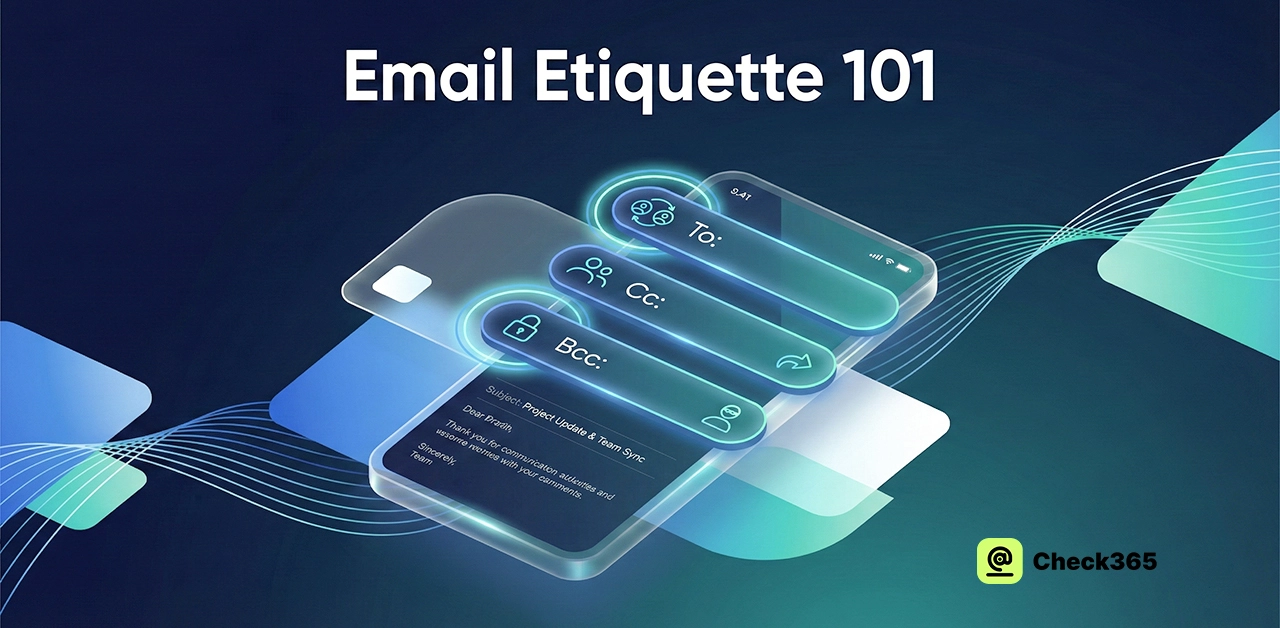When you use "BCC," you can send someone a copy of an email without letting anyone else see their email address. Knowing how to use BCC is simple email etiquette. Even if you don't use it often, it's helpful to understand how to use the BCC tool and when to avoid it.
This is everything you need to know about using BCC in an email. We'll talk about how BCC started and the best ways to use it. Let's start by opening your email.
Can You Reply When BCC?
To know if BCC can reply to all, you must understand how email replies work. "Reply All" means responding to everyone on the original email list when you get a message. This includes everyone in the "To" and "CC" fields but not the people in the "BCC" field. This is done on purpose by the system to protect the privacy that BCC offers.
When someone in the BCC list clicks "Reply All," their email app knows they were on the original email and thinks they are replying to everyone who saw it. However, because some people couldn't see the BCC addresses, the reply-all function doesn't add the BCC names to the response chain. The person who is BCC can't react to all of them because they don't have the contact information for the people who were sent the email in the "To" and "CC" fields.
What is BCC in Email
"BCC" means blind carbon copy email. It works like a carbon copy (cc), which sends a copy of your email to everyone you list in the cc field of your email client. Anyone in the "bcc" field gets a copy of your email, but their email address is hidden. People on the Bcc list won't be able to use the reply-all feature. The people who get the email can't see the people who are copied on it, and those who are copied can't see each other either.
History of BCC - What is BCC
Where did the phrase "blind carbon copy" come from? We used to write letters on paper before we had email. As they wrote a letter, people used carbon paper to make a copy of it that they could give to more than one person or keep for their records. This copy was known as a carbon copy. However, when email came, carbon copy was shortened to cc for the digital age. Email companies added bcc along with cc. "Blind" in "bcc" means that no one, not even other people who are also bcc'd on an email, can see who is included. The email sender is the only one who will know who was copied on the copy.
It's not possible to send an email with only bcc receivers. In the "to" space, you must put an email address. Your email can be used as the receiver to get around this. The cc function works the same way.
When Should You Use BCC In an Email?
Most of the time, you won't need to use bcc if you don't need to protect privacy, send many emails, or copy someone on an email. To help you decide if you should use bcc, here are three ways you should and three ways you can't.
When should I send an email with bcc?
- To send a message to many people: Include everyone in the bcc field of an email. This will make it look like you sent it to them, whether you're sending it to family, friends, or your workplace.
- For privacy reasons: The bcc field can be employed to conceal the contact information of an individual or to prevent recipients from knowing that the email has been shared with another individual. You could copy HR or your boss on an email to keep a record or to make connections. But be careful when you use it this time. You should not do this if you haven't been told to do it.
- To cut down on long email chains: Include everyone in the bcc field of an email to avoid getting a lot of replies or writing a lot of emails at once.
When is bcc not appropriate for an email?
- To make someone look bad: You shouldn't bcc their boss in an email to get someone in trouble or make them look bad. When things go wrong, there are proper ways to handle them.
- To listen in: It's also rude to copy someone on an email so they can listen in, which is called "bcc." Bad things can happen because of it, especially at work and school.
- To avoid being open: Using bcc to avoid being open is a form of passive-aggressive communication. You can say what you need in a better and more direct way.
Is it okay to BCC your boss?
If you want to bring someone higher up in your company's hierarchy, you should be honest and put them under Cc instead of bcc. You could use bcc, though, if you want your boss to know about an email you're sending to someone else, like a client, but don't want that client to know your boss' email address.
What is the difference between CC and BCC recipients?
When you put someone's email address in the "Cc" field, you and everyone else who gets it can see it. In the Bcc field, you can put the address of a recipient. Only you and that recipient can see it. No other recipient can see it. Here is a detailed discussion on the difference between CC and BCC in email - CC versus BCC.
Why would you BCC yourself in an email?
If you add yourself as a bcc receiver, the message will be sent to your inbox. Some people like to do this to remember to follow up or do other things they have written down in their emails.




